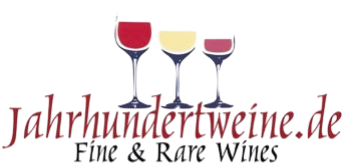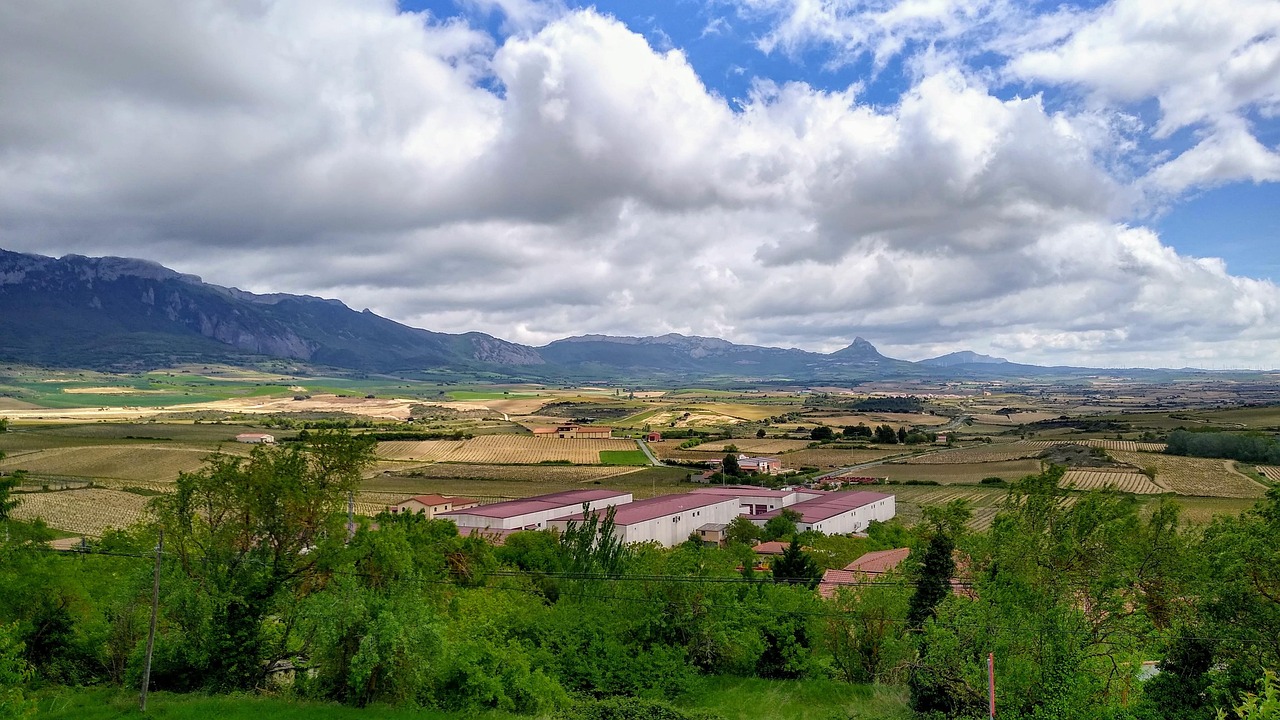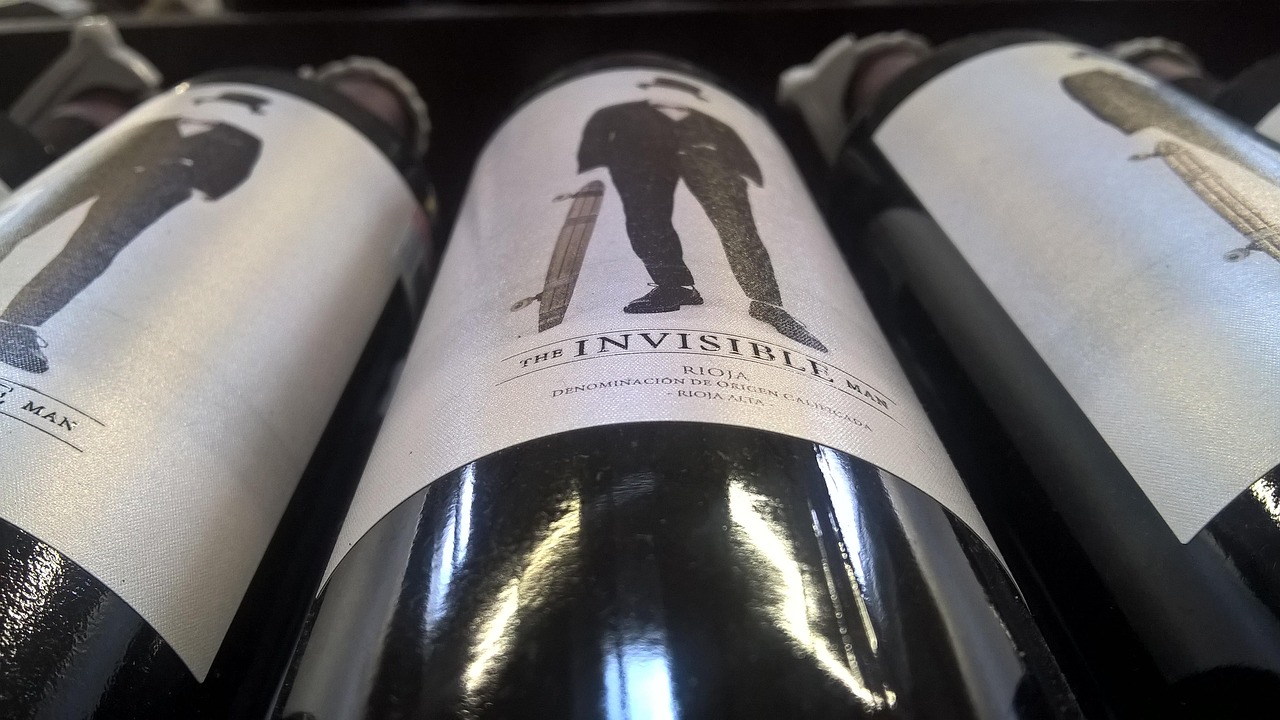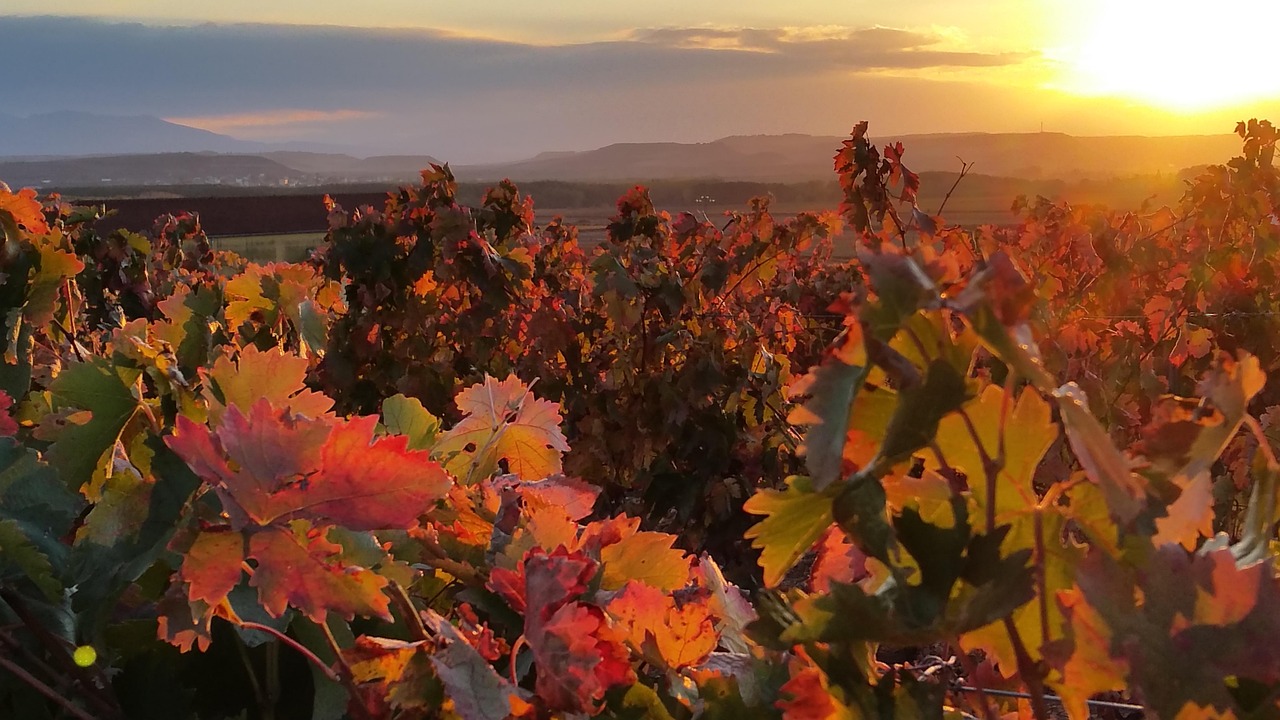The Rioja wine region: tradition, terroir and modernity
The Rioja wine region in the north of Spain is one of the best-known and most traditional wine-growing regions in the world. With a history dating back to Roman times, Rioja has become synonymous with high-quality wines that combine both traditional craftsmanship and modern innovation. The region is not only famous for its outstanding red wines, but also for its unique landscape, its climatic diversity and its deeply rooted wine culture. This essay sheds light on the various aspects that make Rioja one of the most important wine regions in the world.
The geographical location and terroir
Rioja is located in the north of Spain, nestled between the Cantabrian Mountains in the north and the Iberian Plateau in the south. The region is divided into three sub-zones: Rioja Alta, Rioja Alavesa and Rioja Oriental(formerly Rioja Baja). Each of these zones has its own geological and climatic characteristics that shape the character of the wines.
Rioja Alta: This zone is located in the west and is characterised by a more temperate climate influenced by the Atlantic Ocean. The soils here are calcareous and clayey, which gives the wines an elegant structure and freshness.
Rioja Alavesa: Located to the north of the Ebro, this part belongs to the Basque Country. The higher vineyards and limestone-rich soils favour wines with great complexity and long ageing potential.
Rioja Oriental: Located in the east, the climate here is significantly warmer and drier and is characterised by the Mediterranean. The wines are often stronger and richer in alcohol, with ripe fruit flavours.
The terroirof Rioja is diverse and ranges from sandy and clayey soils to ferruginous loamy soils. These differences enable the winegrowers to produce a wide range of wines with different characteristics.
The Rioja grape varieties
The dominant grape variety in Rioja is Tempranillo, which is known for its finesse, its red fruit flavours and its ability to age. It accounts for around 75% of the area under cultivation and forms the backbone of most of the region's red wines. Other important red grape varieties are:
Garnacha: Brings fullness and alcoholic warmth to the wines.
Graciano: Gives the wines freshness and flavours of violet flowers.
Mazuelo (Carignan): Contributes structure and tannins.
There has been a change in the white grape varieties in recent years. Traditionally, Viura (Macabeo), Malvasía and Garnacha Blancawere grown here, which were often used for oxidative, longer-aged white wines. However, fresher, more modern white wines are now gaining in popularity, and international varieties such as Chardonnay and Sauvignon Blanc are also being cultivated experimentally.
Winemaking: tradition and innovation
Rioja is known for its long barrel ageing, which gives the wines their typical character. Red wines are categorised according to their ageing period:
Joven: Not or only briefly matured in barrels, fruity and fresh.
Crianza: At least 12 months in barriques and a further 12 months in the bottle.
Reserva: At least 12 months in barrique and 24 months total ageing, of which at least 6 months in the bottle.
Gran Reserva: Only produced in outstanding vintages, with at least 24 months in barrique and 36 months in the bottle.
Traditionally, Rioja wines have been aged in American oak barrels, which give the wine flavours of vanilla and coconut. In recent years, however, more and more winemakers have been using French oak, which contributes more subtle spicy flavours. There is also a movement towards unfiltered, less processed wines that emphasise the pure terroir and fruit flavours.
The importance of the D.O.Ca. Rioja
Rioja was the first Spanish wine region to be awarded the status of Denominación de Origen Calificada (D.O.Ca.), the highest classification for Spanish wines, in 1991. This emphasises the strict quality control and adherence to traditional production methods. The regulatory authority Consejo Regulador monitors all aspects of wine production, from the maximum harvest quantity to the storage period.
Modern developments and challenges
In recent years, Rioja has evolved without losing its roots. Some trends characterise the region:
Towards more terroir expression: winemakers are experimenting with single-vineyard wines ("Vinos de Pueblo" or "Viñedos Singulares"), which emphasise the special features of individual plots.
Organic and biodynamic cultivation: More and more producers are focussing on sustainable viticulture.
Young, innovative winegrowers: A new generation of winegrowers is introducing fresh ideas, such as the use of amphorae or the reduction of sulphur.
At the same time, Rioja is facing challenges such as climate change, which is leading to higher temperatures and altered ripening profiles, as well as international competition, which requires a constant increase in quality.
Conclusion: Rioja as a world-class wine region
The Rioja wine region combines tradition and modernity like hardly any other Spanish region. Its unique geographical and climatic diversity, the dominance of the Tempranillo grape and its centuries-old wine culture make it one of the most exciting wine regions in the world. While the classic, long-matured Crianza and Reserva wines continue to form the foundation, the winemakers' love of experimentation shows that Rioja will continue to play a leading role in international viticulture in the future.
Whether as an opulent Gran Reserva or a fresh, modern Joven - the wines from Rioja reflect the passion and craftsmanship of their producers and offer every wine lover a journey of discovery through one of the world's greatest wine regions.
Wineries in Rioja: tradition, innovation and individual signatures
The Rioja wine region in the north of Spain is not only known for its outstanding wines, but also for its diverse wineries that embody different philosophies and approaches to viticulture. From traditional family businesses that have been working in harmony with nature for generations to avant-garde winemakers who are breaking new ground, Rioja offers a fascinating range of wineries that characterise the region. Some of the most important and interesting wineries in Rioja are presented here.
Marqués de Riscal - a Rioja legend
One of the oldest and most famous wineries in Rioja is Marqués de Riscal, which was founded in 1858 and is therefore one of the pioneers of modern Rioja wines. The estate was one of the first to introduce French barriques, setting standards for the region's ageing methods. Marqués de Riscal is best known for its iconic red wines, which are often a blend of Tempranillo, Graciano and Mazuelo and offer an elegant balance between fruit and ageing in wood.
The architecture of the winery is also particularly impressive: the spectacular hotel complex, designed by Frank Gehry, with its curved titanium elements, has made Marqués de Riscal a worldwide symbol of the combination of wine and modern art. In addition to the classic Crianza and Reserva wines, the estate is also experimenting with new styles, such as fresher Tempranillos or unusual cuvées.
López de Heredia - tradition in its purest form
If there is one winery that has preserved the traditional Rioja winemaking process unadulterated to this day, it is R. López de Heredia Viña Tondonia. Since 1877, the López de Heredia family has been producing wines using almost unchanged methods: long ageing in large oak barrels, oxidative ageing for the white wines and an almost mystical dedication to craftsmanship.
The wines of Viña Tondonia, especially the Gran Reservas, are true contemporary witnesses of Rioja history. The red wines combine complex flavours of dried fruit, tobacco and spices, while the white wines - often aged for decades in barrels - develop a unique texture and depth. López de Heredia epitomises an era of viticulture that has almost disappeared and is now a cult winery among collectors and connoisseurs.
Contador - The avant-garde of Rioja
On the other side of the spectrum is Bodega Contador, the winery of star winemaker Benjamín Romeo. The former cellar master of Artadi ventured into self-employment in 1995 and revolutionised Rioja with his extremely small production quantities and ultra-premium wines. His Contador Tempranillo, which was awarded 100 Parker points for the first time in 2004 and 2005, showed the world that Rioja can not only shine traditionally, but also at the highest modern level.
Contador stands for concentrated, yet elegant wines with a perfectly integrated woody flavour. Romeo favours old vines, careful vinification and an almost obsessive selection of grapes. His wines are rare collector's items and epitomise the new, experimental Rioja.
Muga - artisanal perfection
Another top Rioja winery is Bodegas Muga, which has been known for its artisanal approach since 1932. Muga is one of the few wineries that still employs its own coopers and builds all its own barrels - from both American and French oak. This allows unique control over the ageing of the wines.
Muga's wines, especially the Prado Enea Gran Reserva, are considered the epitome of classic Rioja: harmonious, long-lasting and with a perfect balance between fruit, acidity and tannins. The winery works almost exclusively with its own grapes and favours sustainable cultivation. In addition to the classic red wines, Muga also produces outstanding white wines and even a rare, barrel-fermented rosé.
Remírez de Ganuza - A master of selection
Fernando Remírez de Ganuza is one of the most detail-obsessed winemakers in Rioja. His winery, Remírez de Ganuza, was founded in 1989 and has focussed on the smallest yields and an almost pedantic grape selection from the very beginning. One of his innovations is the separate vinification of the upper and lower halves of the grapes, as he is convinced that only the best parts of the grapes belong in the top wines.
His Reserva and Trasnocho(an extremely extract-rich wine made from late-harvested grapes) are among the best wines in Rioja. Remírez de Ganuza combines modern concentration with classic structure and proves that the highest quality can result from minimal intervention.
Artadi - terroir takes centre stage
Bodegas Artadiwas one of the first wineries to move away from the classic Rioja classification in the 1990s in favour of pure single-vineyard wines. Under winemaker Juan Carlos López de Lacalle, wines such as El Pison and Valdeginés were no longer labelled as "Crianza" or "Reserva", but as pure expressions of individual parcels.
In 2016, Artadi even left the D.O.Ca. Rioja so that it no longer had to adhere to its guidelines - a move that was the subject of controversy, but which emphasises the estate's determination to produce independent wines. The Artadi wines are purist, often with less wood than usual, and emphasise mineral freshness and individual origin.
Sierra Cantabria - family wisdom for generations
The family-run Sierra Cantabriawinery stands for a successful symbiosis of tradition and modernity. The Eguren family has been cultivating vineyards in Rioja Alavesa for generations and produces wines that combine both classic elegance and modern fruitiness.
Their Familia Torres-Montes Reserva, a Tempranillo with velvety tannins and a long ageing potential, is particularly well-known. However, their high-quality single-vineyard wines such as El Bosque also show how precise and expressive Rioja can be when old vines and careful vinification come together.
Diversity as a strength of the Rioja wine region
The Rioja wine estates show how diverse a single region can be. While López de Heredia and Muga represent the traditional side, Contador and Artadi stand for radical modernity. Remírez de Ganuza and Marqués de Riscal prove that innovation and tradition do not have to be mutually exclusive.
However, all these wineries have one thing in common: a passion for wine and respect for the unique origins of Rioja. Whether classic or avant-garde, the best wineries in the region manage to give Tempranillo and its companions an unmistakable voice. Rioja thus remains not only one of the most historically significant, but also one of the most dynamic wine regions in the world.
1 Geographical location & sub-regions
Location: In the north of Spain, along the River Ebro, between the towns of Haro and Alfaro.
Neighbouring regions: Basque Country (north-west), Navarre (east), Castilla y León (south).
Sub-regions:
Rioja Alta (high altitude, Atlantic climate, elegant wines).
Rioja Alavesa (smallest zone, Basque influence, mineral wines).
RiojaOriental (formerly "Rioja Baja", Mediterranean climate, powerful wines).
2. climate & soils
Climate:
Atlantic influence (humid & cool) in the west (Rioja Alta/Alavesa).
Mediterranean influence (hot & dry) in the east (Rioja Oriental).
Soils:
Limestone & clay (Rioja Alavesa) → elegant, acidic wines.
Clay & iron (Rioja Alta) → structured wines.
Alluvium & sand (Rioja Oriental) → stronger, fruit-driven wines.
3. grape varieties of Rioja
Red grape varieties (90% of the area under cultivation)
Tempranillo (queen of Rioja, 80% of the area → flavours of red fruits, vanilla, tobacco).
Garnacha (adds fullness & alcohol).
Graciano (rare, but valuable → freshness & flavour).
Mazuelo (Carignan) (for structure & colour).
White grape varieties (10% of the area)
Viura (Macabeo) (main white grape variety, formerly oxidative, now fresh).
Malvasía (aromatic, often in blends).
Garnacha Blanca (rare, but on the rise).
4 Classification of Rioja wines
Rioja was the first Spanish region with D.O.Ca. status (highest quality level). The wines are classified according to ageing time:
Red wines
Joven ("young", no or short barrel ageing, fruit-orientated).
Crianza (at least 12 months in barrel + 12 months in bottle).
Reserva (at least 12 months in barrel + 24 months in bottle).
Gran Reserva (only in top vintages, at least 24 months in barrel + 36 months in bottle).
White & rosé wines
Joven (fresh, without wood).
Crianza/Reserva (rarer, often oxidatively matured).
5. historical milestones
1858: Marqués de Riscal is founded and introduces French barriques.
1926: Foundation of the Consejo Regulador (regulatory body).
1991: Rioja is the first region to receive D.O.Ca. status.
2017: New classification for single-vineyard wines ("Vinos de Zona", "Viñedo Singular").
6. famous wineries (Bodegas)
Traditional: López de Heredia, Muga, CVNE.
Modern: Artadi, Contador, Remírez de Ganuza.
Architectural highlights: Marqués de Riscal (Frank Gehry), Ysios (Santiago Calatrava).
7. economic importance
Area: ~65,000 hectares of vineyards.
Production: Approx. 250 million litres/year (90% red wine).
Export: Over 40% of the wines go abroad (mainly UK, USA, Germany).
8 Current trends & challenges
Terroir focus: More single vineyard wines ("Viñedos Singulares").
Climate change: Higher temperatures → earlier harvest, more alcohol.
Organic cultivation: More and more winegrowers are going organic.
9 Culinary recommendations
Rioja wines go perfectly with:
Tempranillo-Crianza → Lamb, chorizo, Manchego cheese.
Gran Reserva → Game, matured meat (fillet of beef).
Viura white wine → Seafood, tapas.
10. interesting facts at a glance
Oldest wineries: López de Heredia (1877), CVNE (1879).
Highest vineyards: Up to 700 metres above sea level (Rioja Alta).
Speciality: Traditionally American oak (vanilla flavours), today also French oak.




